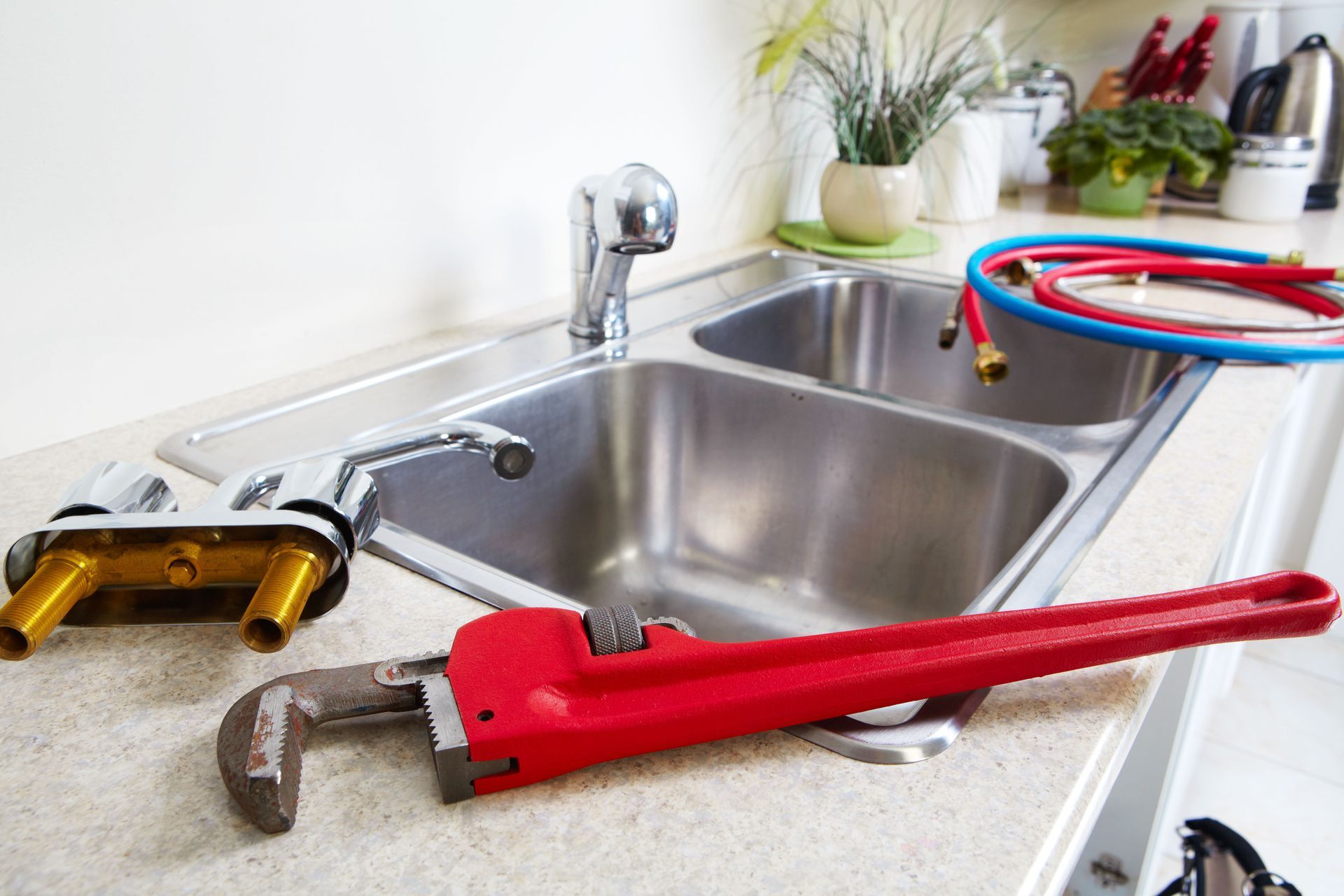Mold After the Storm: How to Safeguard Your Home from Hidden Water Damage
Experiencing a storm can be a challenging ordeal for any homeowner, but the battle doesn't always end when the rains stop. Hidden water damage often lurks behind walls and beneath floors, laying the groundwork for mold and other severe home issues. Protecting your home and health from these silent invaders is crucial. Understanding where to look for potential damage after a storm and taking swift action can save you significant time and money in the long run. According to House Cashin, about 1 in 60 insured homes (1.6% of homes) file a water damage claim annually, underscoring the importance of early detection.
Inspect the Attic and Basement First
Start your inspection in the most commonly affected areas and attics and basements. These spaces are prone to moisture accumulation, making them breeding grounds for mold. Check for any visible dampness, dark stains, or unusual odors, which could indicate hidden water intrusion. If left unaddressed, minor leaks in these areas can evolve into extensive damage that compromises your home's foundation and air quality.
Don't Overlook Exterior Signs of Water Intrusion
After a storm, it's critical to evaluate the exterior of your home. Damaged gutters, missing shingles, or compromised roof tiles can allow water to seep into the structure undetected. Look for discolored patches on ceilings and walls, which often point to roof-related water damage. Routine upkeep of gutters, downspouts, and roofing can help prevent rainwater from finding its way inside your home.
Check Plumbing and Fixtures for Leaks
Storm-related stress can impact your home's plumbing system, especially in older properties. Pressure changes and shifting foundations may cause hidden leaks or pipe damage. Inspect beneath sinks, behind appliances, and around toilets for any signs of water pooling, moisture, or mold. Addressing even small plumbing issues immediately helps stop damage before it leads to larger structural or health concerns.
A vigilant and comprehensive approach to inspecting and maintaining your home after a storm is your first line of defense against hidden water damage. By focusing on both the obvious and not-so-obvious problem areas, you can safeguard your home from the costly and health-endangering effects of mold. Remember, the key is early detection and quick response. If you suspect any signs of damage in your home, contact the professionals at Renew Restoration today for expert inspection and cleanup solutions.


Share On: